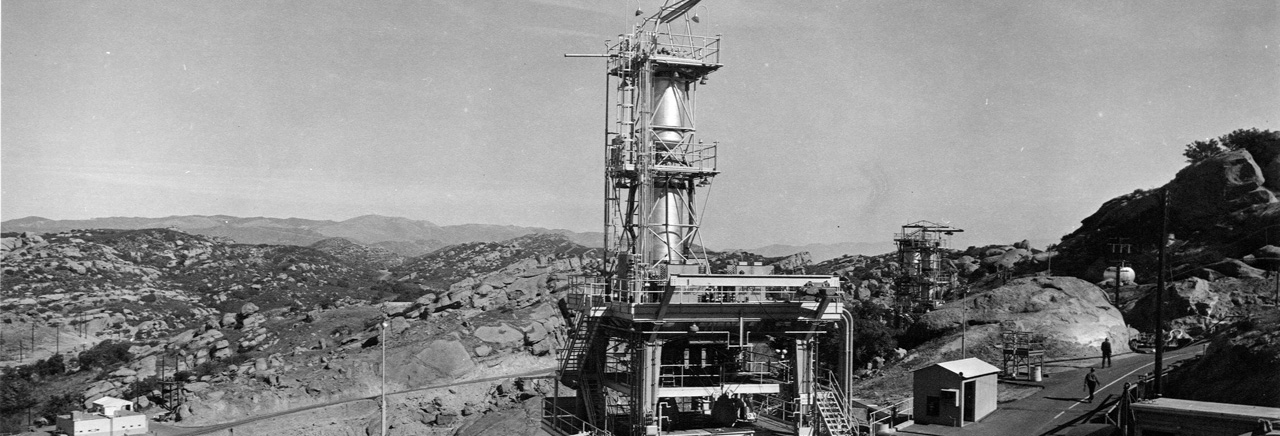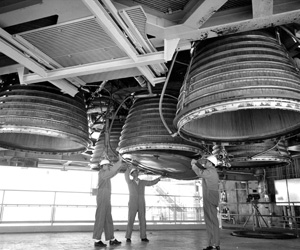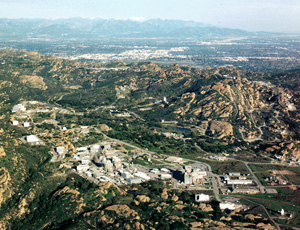The site of the former Santa Susana Field Laboratory in the Simi Hills occupies a unique place in U.S. and California history. The land, water, plants and animals provided a traditional cultural landscape that supported Native American tribes who inhabited the area. The site’s cattle ranching history is replete with tales of gold prospectors, trophy game hunters and water surveyors who purchased and sold pieces of the site. The rugged open terrain and majestic rock formations interspersed with sculpted oak trees made the area a picturesque setting for television shows and movies that were filmed at the site from 1939 to 1996.
The site was operated for the federal government by various Boeing heritage companies, including North American Aviation, Rockwell International, Atomics International and Rocketdyne. NASA’s operations at the site started in 1973 when it acquired land formerly known as Air Force Plant 57 from the U.S. Air Force. Boeing purchased Rockwell's aerospace and defense unit, acquiring a large portion of the Santa Susana property in 1996. In 2005, Boeing sold Rocketdyne to Pratt & Whitney and retained ownership of prior Rocketdyne property at the Santa Susana Field Laboratory. The last rocket engine test was completed in 2006.


